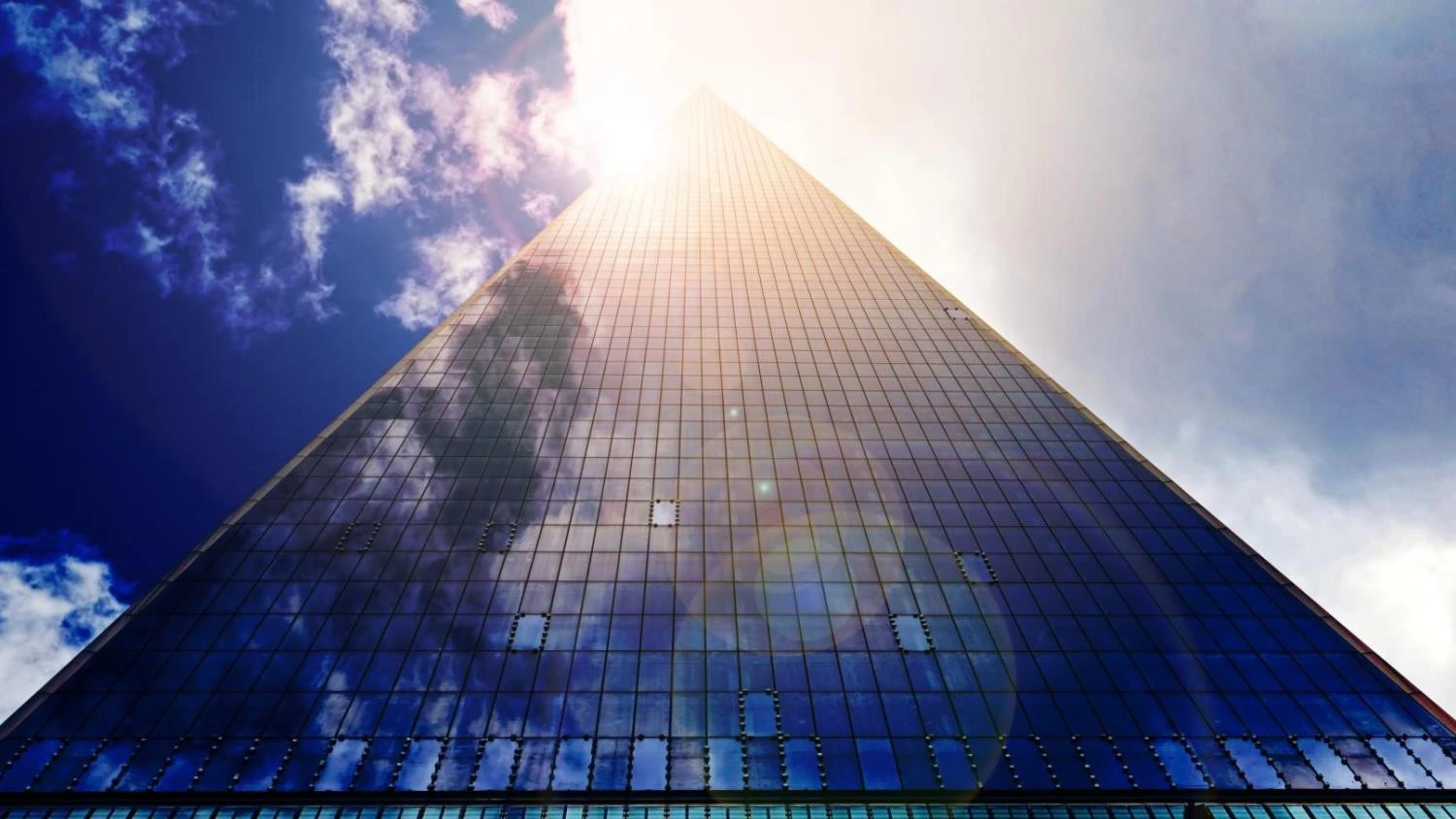
Modern office buildings are an important part of ESG strategies for many companies. However, the real estate market in the Czech Republic is not yet fully prepared for the new ESG-related requirements. Even construction projects planned over the next few years will not resolve this issue, since meeting strict standards and certification requirements is both procedurally and financially demanding, Colliers reports.
"The Czech real estate market is not yet fully prepared for businesses’ new needs, and due to the lengthy approval processes for new construction, we cannot expect a quick correction. Multinational companies are already actively demanding office space that complies with new requirements in terms of materials used, renewable energy, carbon footprint, waste management, healthy working environment or water efficiency," says Jana Vlková, Director of Workplace Advisory and Office Agency at Colliers. She continues: "We expect a growing number of companies to have similar requirements in the future, not least because of the new sustainability reporting rules that start to apply as of next year." A recent ABSL survey confirmed this anticipated trend, with findings showing that a full 88% of IT, business or customer service companies are already engaged in preparing or implementing their ESG-related plans. Deloitte's global survey shows that 6 out of 10 organisations have incorporated the use of sustainable materials and energy efficiency into their ESG strategies.
ESG standards at an additional cost
However, tenants will have to prepare for higher costs when applying new ESG standards, as buildings meeting these requirements will be significantly more expensive. "We estimate that buildings meeting the most stringent sustainability criteria will be up to 50% more expensive to rent than those with today's standard green certifications," estimates Jana Vlková. Thanks to these increased costs, companies will monitor their use of space more closely and adjust the area they need for their operations accordingly. However, only some companies will be willing to pay extra for this standard. This will involve especially multinational businesses, which will be subject to the aforementioned reporting obligation under the CSRD (Corporate Sustainability Reporting Directive).
Certificates as proof of quality
Office buildings’ ability to meet ESG requirements is assessed through certification processes such as LEED, ILFI and WELL. These review criteria such as energy efficiency, water and air management, health and indoor environmental quality, transport and ecology. Buildings with LEED v4 BD+C Platinum and ILFI Zero Carbon certifications meet the most demanding tenant expectations. Those certification standards require 100% electrification of building systems, at least 10% on-site renewable energy generation, and EV-ready infrastructure. On top of that, buildings should integrate glare reduction strategies, achieve at least 55% water conservation, recycle at least 90% of all construction and demolition waste, and use at least 25% recycled content materials. Buildings should also have open architecture and data management in all control systems.
When will we see new buildings for the country’s most demanding tenants?
Several office buildings with the highest LEED Platinum certification in combination with WELL and WELL H&S are currently under construction in the Czech Republic. However, we will have to wait a few years for the first carbon-neutral office building to be built. This is because such a building needs to be planned from the design and construction preparation phase, so the first projects meeting these standards are not expected to be completed until 2027-2028. Then, one has to factor in the actual operation of such a building, which requires an active approach by the building owner who often is not the original developer. An example of a project that meets current ESG requirements to the maximum extent possible is PORT7 by the developer Skanska in Prague 7. Construction has already been completed and the developers have their eye on LEED Platinum, WELL and WELL H&S certifications. Developer Crestyl’s Hagibor project which plans to achieve the highest LEED Platinum certification for all six of its office buildings is a further example.



